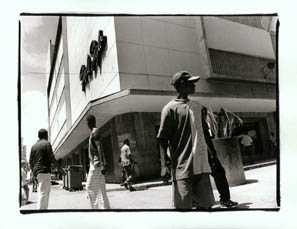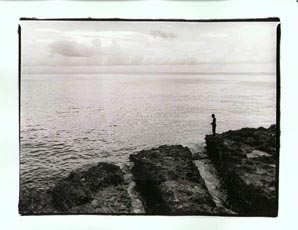
| ||||||||
|
As the eyes of the world increasingly turn to the small but resilient Caribbean island and its political leader who has outlasted at least ten U.S. administrations since 1959, so, too, do the Cuban people look on and wait for the inevitable change in leadership. Cuba's next chapter remains largely unwritten and unknown, but a burgeoning tourist industry in Cuba and waning public support of the embargo in the United States indicate that the forces of change are becoming more conspicuous, if not immediately effectual, against Castro’s resistance to economic freedom and his adherence to a one-party government. Fighting fatigue from the last four decades, present-day Cubans exude an amazing spirit and passion for living. Speaking from a non-Cuban, American perspective, however, I believe we have ignored the people of Cuba for too long. The poor political relationship between our countries has all but hidden the captivating Cuban culture. In this work I have tried to examine the compassion and sense of hope of the Cuban people. I have tried to explore the questions surrounding the current climate’s ultimate impact on Cuban identity—both individually and collectively. I have tried to portray the determined rhythms of the Cuban culture, where we may see joy, peace, and individual strength, but where we may also and insecurity, uncertainty, and vulnerability. Although I did not undertake this project with any political agenda in mind, I came to realize that I could not approach what I want to say in these photographs by avoiding politics. Cubans have very little policy-making participation in their political or economic environment. Consequently, an almost tangible tension has evolved within the culture from the increasingly pervasive uncertainty as to what will happen to the people next. I believe—and a number of these photographs reflect this—that Cuba is on the verge of a new “revolution,” and barring substantial political and economic reforms, the Cuban people will be mostly subject to, rather than a part of, any changes that may ultimately occur. As an outsider, I cannot be the voice of the Cuban people. I can only offer this perspective of a culture at a defining moment—a culture whose complex history is marked by struggle and whose transition may likely be, as well. ' |
||||||||
|
||||||||

